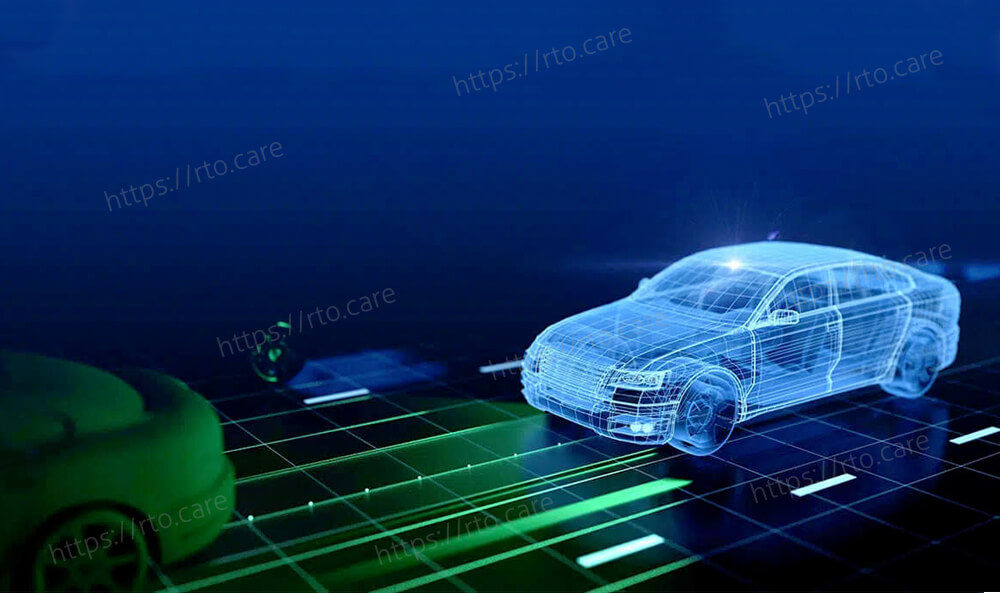
To prevent misunderstanding, the nomenclature of ADAS features must be consistent: clientele groupings
The National Safety Council, American Automobile Association (AAA), J.D. Power, Partners for Automated Vehicle Education (PAVE), Society of Automotive Engineers (SAE) International, and the National Safety Council all support Consumer Reports' proposal that Advanced Driver Assistance System (ADAS) functions have a common nomenclature across all car makes and models. The alliance claims that the customer is confused by the existing language being used by automakers, which differs greatly.
As you become older, you develop a variety of names, including one your family gave you, your siblings wrecked, your friends gave you, and maybe even one that your first lover gave you. But you remain the same. So, regardless of the name an Advanced Driver Assistance System (ADAS) feature is given, it still serves the same purpose.
The emerging trend in mass-market vehicles is ADAS features, yet every other automaker names a feature after themselves and positions it as a Unique Eelling Proposition (USP). Consumer organisations argue that this has to stop.
The National Safety Council, AAA, J.D. Power, PAVE, SAE International, and the National Safety Council all support Consumer Reports' proposal that ADAS functions have a common nomenclature across all car makes and models. The organisation claims that the nomenclature currently being used by automakers is extremely inconsistent, confusing consumers as to how a given ADAS technology works.
"Forward Collision Alert" is a feature that is easy to comprehend. However, the comprehension tends to become hazy when the same function is presented under other titles, such as "Smart City Brake Support" or "Pre-Collision Safety System."
Additionally, some titles are blatantly deceptive. Take Tesla's "Full Self-Driving" , which the firm stated in court documents filed in California in 2020 that this feature is not and will not be self-driving. The company's executives are quoted by Kelly Blue Book as noting that they "do not foresee major upgrades" that "transfer the burden for the full dynamic driving work to the system."
Tesla also features a feature called Autopilot, albeit it doesn't really drive the car for you automatically.
Consumer advocacy organizations have recommended that systems that warn and those that intervene be distinguished from one another. For instance, Automatic Emergency Braking warns the driver of oncoming danger in front of the vehicle and also applies the brakes, as does Forward Collision Warning.
According to the organizations, the standardized words were developed to give customers clarity by consistently identifying and defining ADAS capabilities in a way that is simple to comprehend.
Even marketing names are OK as long as automakers employ a standard language to describe what each does.
At this time, they are not requesting government regulation. To assist "avoid customer uncertainty," they advise automakers to use the standardized nomenclature instead.









